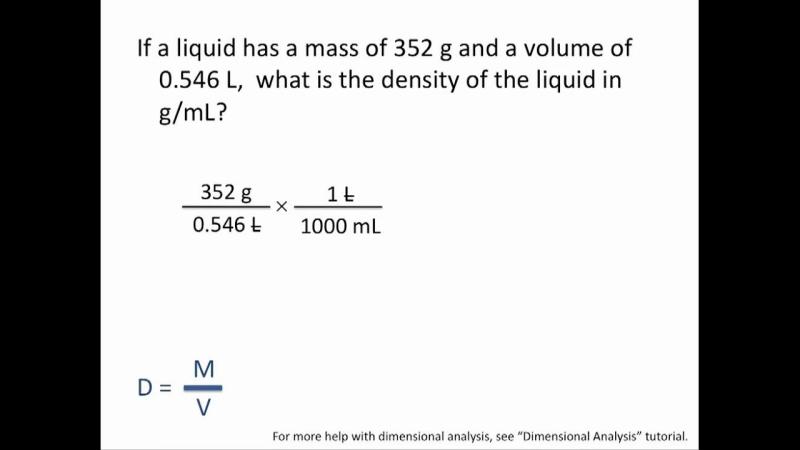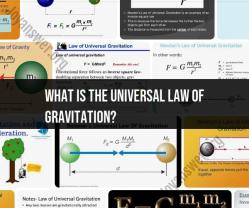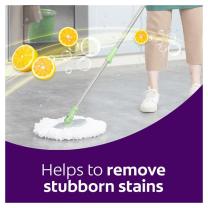What is the equation of weight density?
Weight density, also known as specific weight, is a measure of the weight or force exerted on a given volume of a substance due to gravity. The equation for weight density (γ) is as follows:
In the Metric System:Weight Density (γ) = Weight (N) / Volume (m³)
Where:
- Weight (N) is the force in newtons.
- Volume (m³) is the volume of the substance in cubic meters.
In the Imperial System:Weight Density (γ) = Weight (lb) / Volume (ft³)
Where:
- Weight (lb) is the force in pounds.
- Volume (ft³) is the volume of the substance in cubic feet.
Weight density provides information about the gravitational force acting on a specific volume of a material. It is often used in engineering and physics to analyze the behavior of materials and structures subjected to gravitational forces. Weight density is typically expressed in units like newtons per cubic meter (N/m³) in the metric system or pounds per cubic foot (lb/ft³) in the Imperial system.
Weight Density Equation: Calculating Mass per Unit Volume
In the realm of physics and engineering, weight density is a crucial concept for understanding the properties of materials and their behavior in various applications. It is defined as the weight per unit volume of a substance. Weight, being the force exerted on an object due to gravity, differs from mass, which is the measure of the amount of matter in an object.
The formula for weight density (ρ) is:
ρ = W/V
Where:
ρ is the weight density (units of force per unit volume, such as pounds per cubic foot (lb/ft³) or Newtons per cubic meter (N/m³))
W is the weight of the object (units of force, such as pounds (lb) or Newtons (N))
V is the volume of the object (units of volume, such as cubic feet (ft³) or cubic meters (m³))
Mathematical Formula for Weight Density
The weight density equation (ρ = W/V) provides a straightforward method for calculating the weight density of a substance. By knowing the weight and volume of an object, the weight density can be determined.
For instance, if a material has a weight of 50 pounds and a volume of 10 cubic feet, its weight density would be:
ρ = 50 lb / 10 ft³ = 5 lb/ft³
This indicates that for each cubic foot of the material, there is a weight of 5 pounds.
Understanding Weight Density and Its Significance
Weight density plays a significant role in various fields, including:
Engineering: Engineers use weight density to calculate the forces exerted by materials in structures and components.
Fluid Mechanics: Weight density is essential in understanding the behavior of fluids, such as buoyancy and fluid flow.
Material Selection: Weight density is considered when selecting materials for specific applications, such as construction materials or aerospace components.
In summary, weight density is a fundamental concept in physics and engineering, providing a measure of the weight per unit volume of a substance. It has significant applications in various fields, including engineering, fluid mechanics, and material selection. Understanding weight density enables engineers and scientists to make informed decisions about material selection, structural design, and fluid flow analysis.













